Technological Advancements in Hardware
The Mixed Reality Market is experiencing a surge in technological advancements, particularly in hardware capabilities. Innovations in headsets, sensors, and display technologies are enhancing user experiences and expanding application areas. For instance, the introduction of lightweight, high-resolution headsets has made mixed reality more accessible to consumers and businesses alike. According to recent data, the hardware segment is projected to account for a substantial share of the market, driven by increasing demand for immersive experiences in various sectors. This trend indicates that as hardware becomes more sophisticated, the Mixed Reality Market is likely to witness accelerated growth, attracting investments and fostering new applications.
Rising Demand for Immersive Experiences
The Mixed Reality Market is witnessing a rising demand for immersive experiences across various sectors, including entertainment, retail, and training. Consumers and businesses are increasingly seeking engaging and interactive environments that enhance learning and retention. This demand is reflected in the growing number of applications that utilize mixed reality for simulations, virtual tours, and interactive marketing. Market data suggests that the entertainment segment is expected to grow significantly, driven by the integration of mixed reality in gaming and live events. As the appetite for immersive experiences continues to expand, the Mixed Reality Market is poised for substantial growth, with new opportunities emerging in diverse fields.
Integration with Artificial Intelligence
The integration of artificial intelligence into mixed reality applications is emerging as a pivotal driver for the Mixed Reality Market. AI technologies enhance the capabilities of mixed reality by enabling more intuitive interactions and personalized experiences. For example, AI can analyze user behavior and adapt the mixed reality environment accordingly, creating a more engaging experience. Market analysis indicates that the combination of AI and mixed reality is likely to unlock new use cases, particularly in sectors such as healthcare and education. As AI continues to evolve, its synergy with mixed reality could significantly impact the Mixed Reality Market, fostering innovation and expanding its reach.
Growing Applications in Industrial Training
The Mixed Reality Market is increasingly finding applications in industrial training, where immersive simulations are used to enhance workforce skills and safety. Companies are adopting mixed reality solutions to provide realistic training environments that allow employees to practice without the risks associated with real-world scenarios. Data suggests that the industrial training segment is expected to grow rapidly, driven by the need for effective training solutions in complex industries such as manufacturing and construction. As organizations recognize the benefits of mixed reality for training purposes, the Mixed Reality Market is likely to see a surge in demand, leading to further advancements and adoption.
Increased Investment in Research and Development
Investment in research and development is a key driver for the Mixed Reality Market, as companies strive to innovate and differentiate their offerings. Organizations are allocating significant resources to explore new applications and improve existing technologies. This focus on R&D is likely to lead to breakthroughs in mixed reality applications, enhancing functionality and user experience. Recent statistics indicate that R&D spending in the mixed reality sector has increased markedly, suggesting a robust commitment to advancing the technology. As companies continue to innovate, the Mixed Reality Market may experience accelerated growth, with new products and services entering the market.
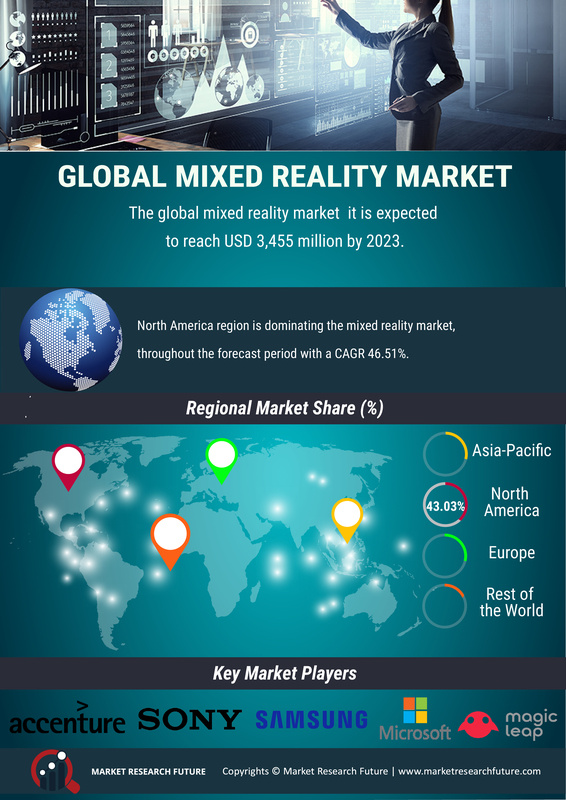

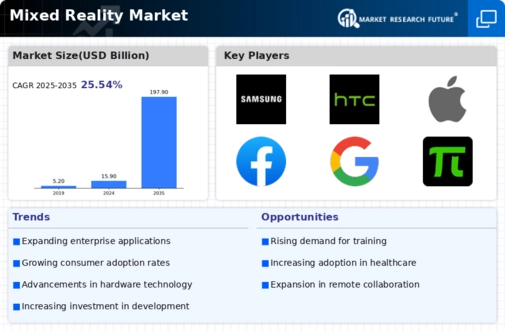
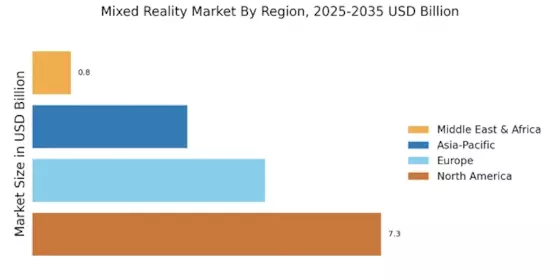




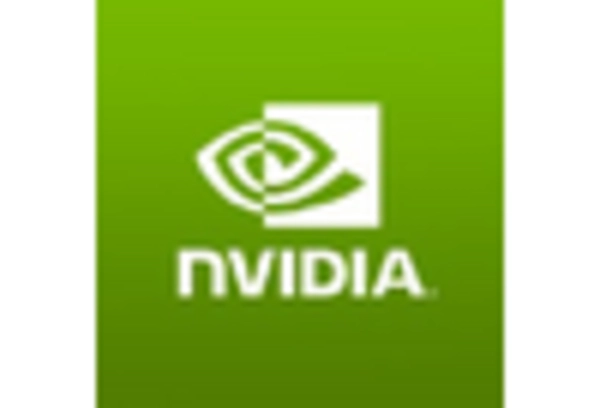
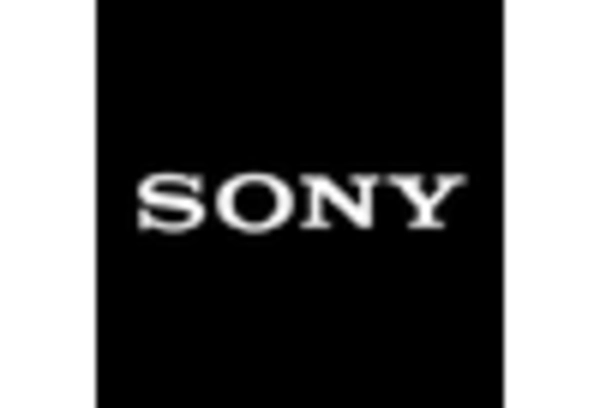








Leave a Comment